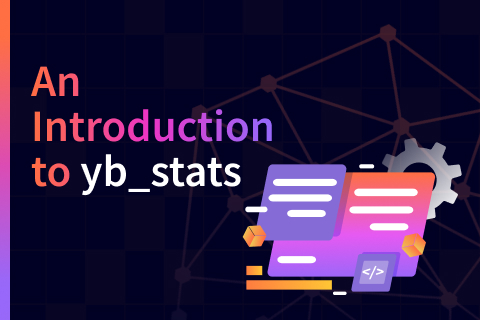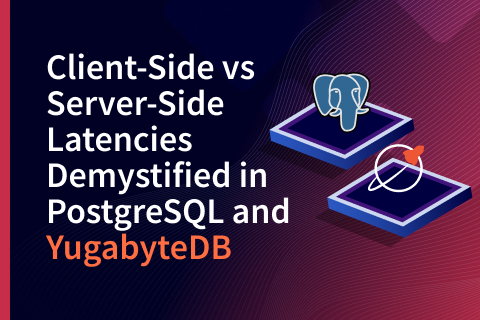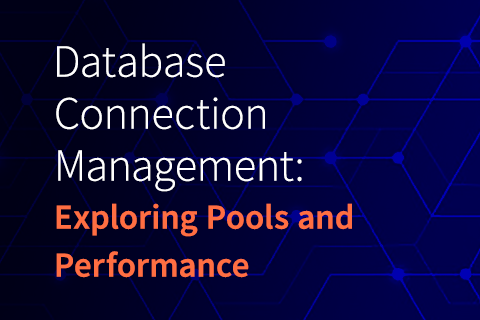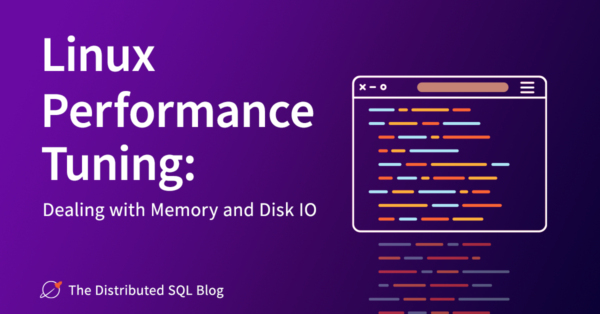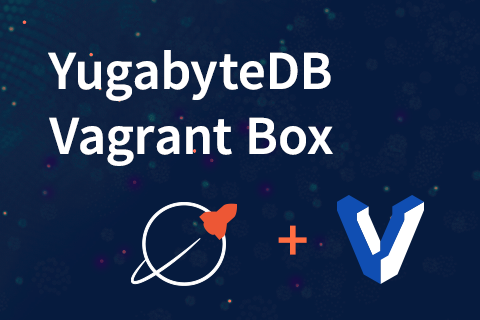Navigating IO Issues in Cloud Infrastructure: Insights and Solutions
Discover the challenges of running in the “cloud” as we share our experience with IO issues caused by the cloud infrastructure, providing insights into our analysis and resolution methods, emphasizing the potential risks and limitations of relying solely on cloud providers for issue resolution.

